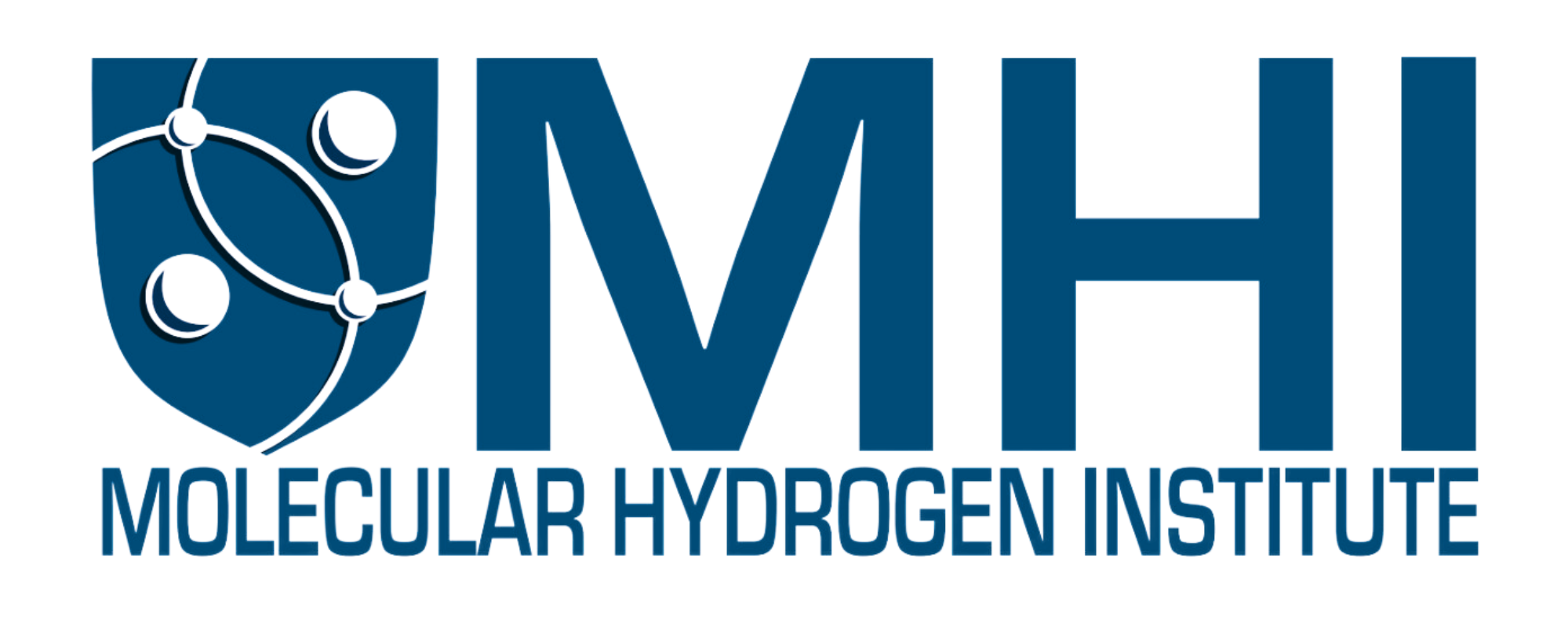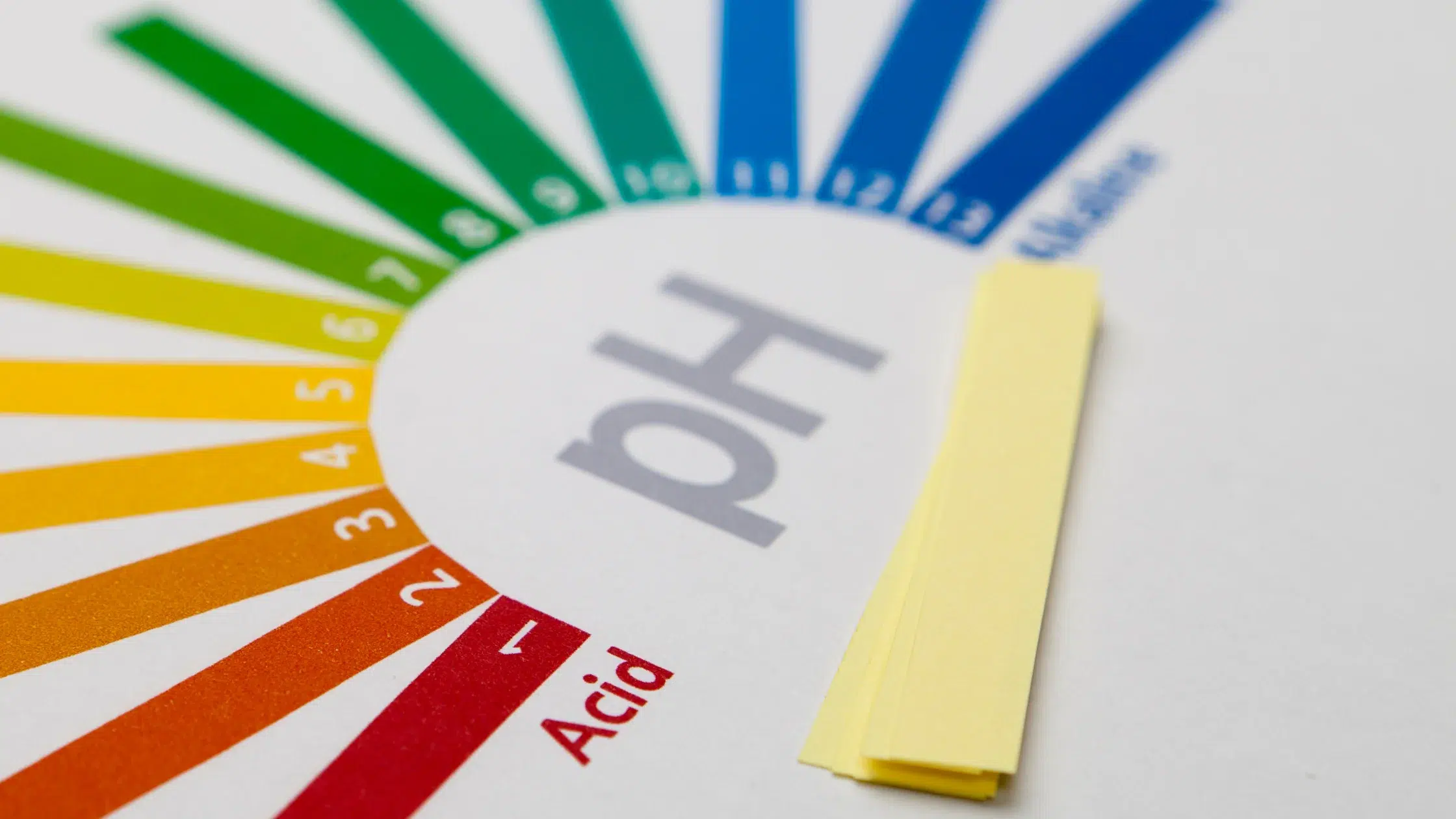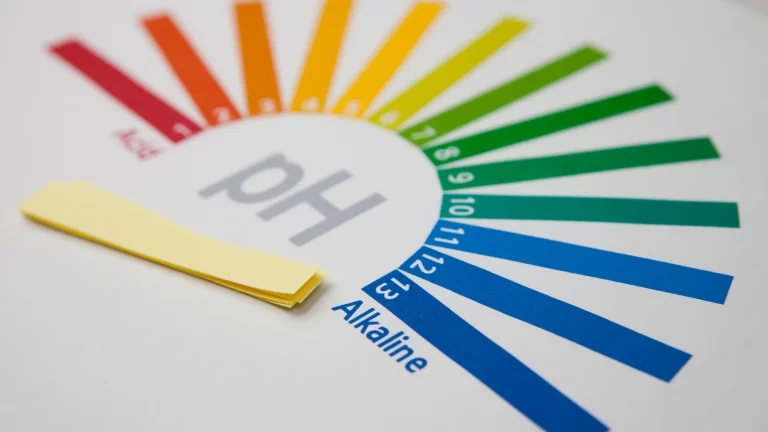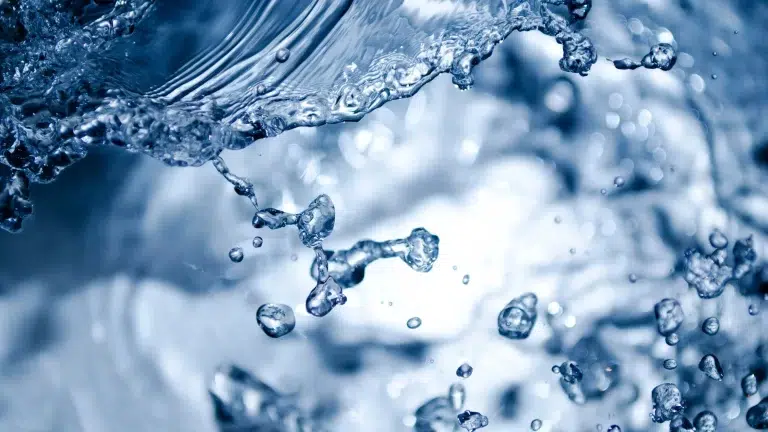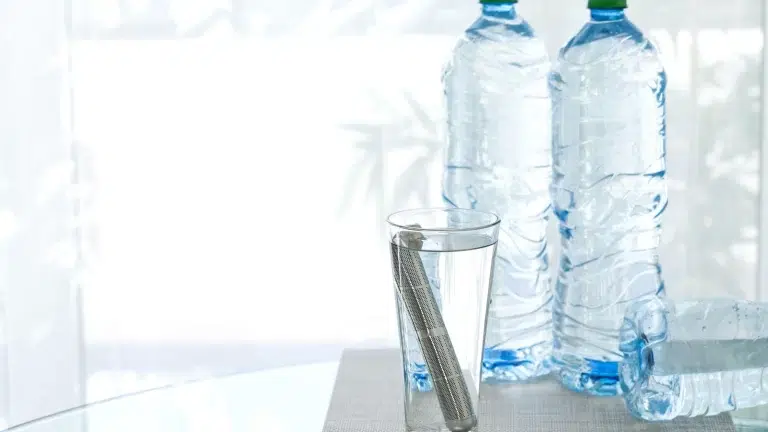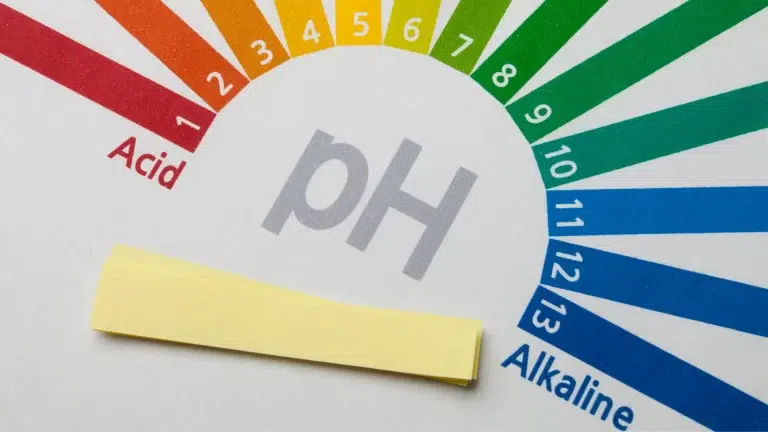FUNCTIONAL WATERS
Some commercial water ionizers allow you to add sodium chloride (NaCl) to the source water, which increases the conductivity of the water, resulting in functional waters called strong alkaline water (produced at the cathode) and strong acidic water (produced at the anode).1
STRONG ACIDIC WATER
Strong acidic water, known as electrolyzed oxidizing water (EOW) in the literature,2 is produced via electrolysis of a NaCl solution at the anode side.3 The resultant product is a solution of hypochlorous acid (HOCl) with a pH less than 2.7 and a positive ORP +1000 mV to +1600 mV.4 This anodic water contains oxidative characteristics due to a variety of chemical species (HOCl, O2–, 1O2, etc.)5 The high oxidation-reduction potential (ORP) of EOW is an indicator of its bactericidal effects. Hypochlorous acid is the primary agent in this water,6 but the other free radical species are also important to its powerful germicidal activity.7 Perhaps this is one of the reasons why EOW is an effective anti-microbial, even with only 20 ppm to 60 ppm of available chlorine (HOCl/OCl-), as opposed to conventional anti-microbials which may contain chlorine at over 200 ppm. EOW is used for sterilization,8disinfection,9 and sanitization.10
However, unlike other cleaners it is not a surfactant. Hypochlorous acid is also the main ingredient in bleach,11 although the pH of bleach is about 12, which favors the hypochlorite species.
DIFFERENCES IN PH
Although EOW is generally recognized as having an acidic pH (less than 2.7), this is not always the case,12 nor does it need to be.13 pH is not as important as is the concentration of HOCl and other oxidizing species.14 There are many devices15 and studies which clearly demonstrate that neutral electrolyzed oxidizing water is just as effective.12-14,16 It may also be preferred as it stores longer.17
EOW HISTORY AND MEDICAL APPROVAL
EOW was developed in Japan in the late 1980’s as disinfectant water.18 In 1996, the Japanese Ministry of Health, Labor, and Welfare approved EOW-producing machines as medical devices for “hand-washing upon surgery”.19 The following year they were approved for “antiseptic washing and disinfection of endoscopes”.20 However, its actual use in the medical field is not as well-known.21
EFFECTIVENESS AND BENEFITS
EOW is effective in killing pathogens,22 bacteria,23 viruses,24 spores25 and other microorganisms.26 Interestingly, it is effective even at relatively low HOCl concentrations.27EOW is also effective at reducing pesticides on vegetables.28 It also doesn’t appear to exert the same irritation as HOCl to skin29 and other mucous membranes.30
POPULARITY
This has made EOW an attractive concept in the food industry,31 dental industry,32 and other industries in need of sterilizing capabilities.32 Electrolysis units for use on large scale are known as bleach generators.34 The use of these devices eliminates the need to ship and store toxic chlorine gas, as well as the weight penalty of shipping hypochlorous (bleach) solutions.
EPA REGISTRATION.
Companies have approached the EPA seeking registration, but this is generally difficult because of the design limitations of the machines. In order to receive certification the machines must be able to reliably produce the solutions in a consistent, repeatable manner, which is affected by source water, flow rate, scale build-up, etc.
CAUTION REGARDING USE
If you choose to use EOW in place of conventional chemicals, you must first verify that the machine can produce water that would meet EPA standards, such as a certain HOCl concentration. Some machines have a simple “salt port” or a “saline solution” that is used to generate the HOCl. This can be an effective method; however, its effectiveness can drastically vary from effective to ineffective depending on a number of factors like flow rate, source water, cleanliness of the electrodes, calcium sulfite content in the filter, and even changes in relative elevations of the acid and alkaline hoses. These variables underscore the importance of verifying that the specific procedure used is adequate to produce effective EOW. One cannot simply assume that the EOW produced from these machines will always be effective, as this may result in negative health effects. Moreover, the lower the pH the stronger the chlorine content, but the less effective the killing power. Thus one cannot assume that a strong “chlorine” smell is indicative of an effective EOW solution.
PRICE
The price for effective EOW-producing units ranges from $200.00 to about $6,000.00. The important thing is to verify that the machines can meet the EPA requirements as mentioned above, and that you have verification that your procedure on your source water is an effective method.
